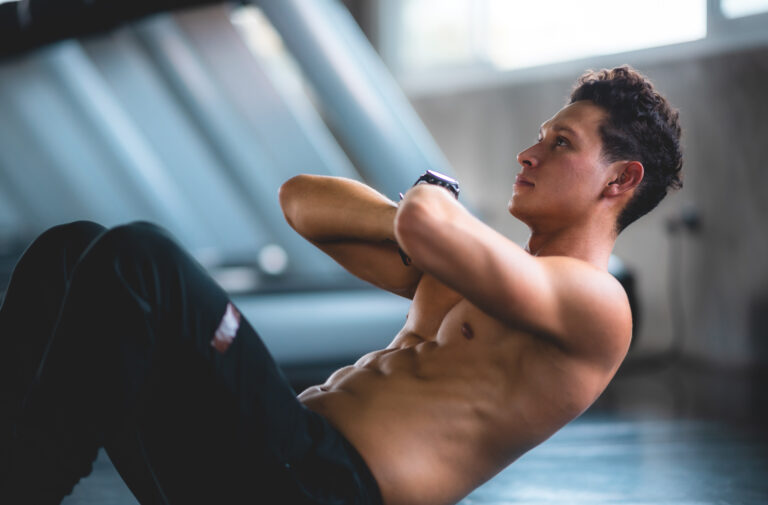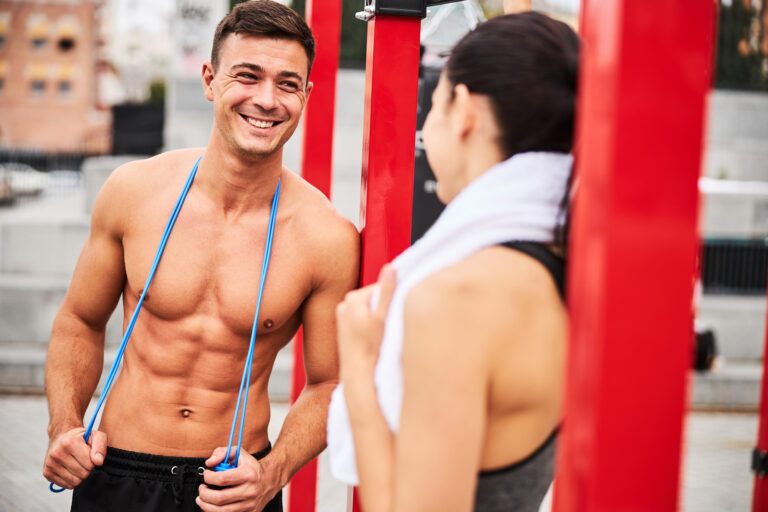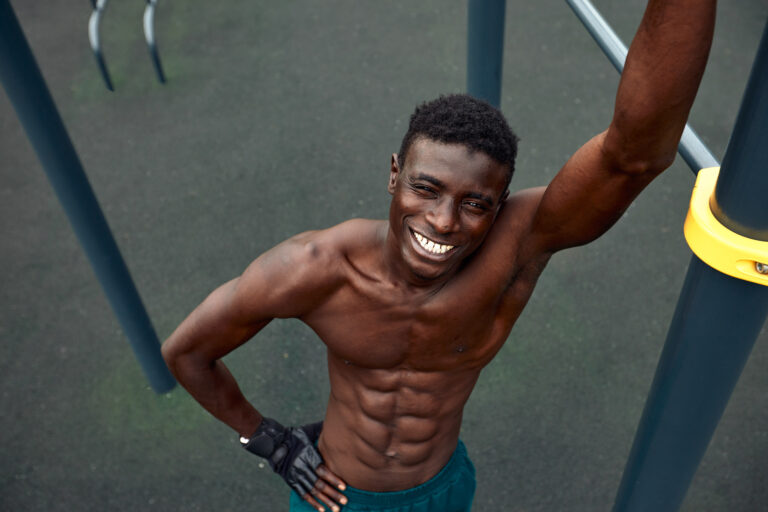What is the Rhomboid Major?
The rhomboid major is a crucial muscle in the human back that plays a vital role in shoulder movement and stability. This muscle is integral to many activities, especially those involving the upper body. Understanding the anatomy, function, and care of the rhomboid major is essential for anyone involved in fitness, sports, or physical rehabilitation.
Anatomical Description
The rhomboid major is located in the upper back, extending between the spine and the shoulder blade. It originates from the spinous processes of the T2 to T5 vertebrae and inserts into the medial border of the scapula. This placement allows it to function effectively in stabilizing and moving the shoulder blade.
The structure of the rhomboid major is flat and rectangular, contributing to its ability to draw the scapula towards the spine, which is essential for movements like rowing or pulling. In terms of surrounding anatomy, the rhomboid major lies underneath the trapezius muscle, which can make it less visible but no less important. Its close relationship with other muscles, such as the rhomboid minor and the levator scapulae, allows it to coordinate movements and maintain shoulder stability.
In comparative anatomy, the rhomboid major shows some variations across species. For example, in quadrupeds, the muscle tends to be more developed due to the demands of their locomotion, which involves more significant use of the shoulder blades in movements. This comparative aspect highlights the muscle’s adaptability to different functional requirements across species.
Biomechanics and Function
The primary function of the rhomboid major is to retract the scapula, pulling it towards the spine. This action is crucial in various upper body movements, such as pulling and lifting. The muscle also plays a significant role in downward rotation and stabilization of the scapula, which is vital for maintaining proper shoulder mechanics.
During activities like rowing, the rhomboid major works in concert with other muscles, such as the latissimus dorsi and trapezius, to execute complex movements. This collaboration ensures that the shoulder blade moves efficiently and safely, preventing injuries and optimizing performance. The muscle’s action is also evident in exercises like chin-ups and pull-ups, where shoulder blade retraction is necessary for proper execution.
In addition to its role in dynamic movements, the rhomboid major is essential for maintaining posture. It helps keep the shoulder blades in the correct position, which is crucial for preventing conditions like rounded shoulders and upper back pain. This postural support is especially important in activities that require prolonged periods of sitting or standing, as it helps reduce strain on the upper back and shoulders.
Development and Growth
The development of the rhomboid major begins in the embryonic stage and continues through adulthood. During embryogenesis, the muscle forms from the somites, which are segmented blocks of mesoderm that give rise to the skeletal muscles. The differentiation and growth of the rhomboid major are influenced by various genetic and environmental factors, including physical activity levels and overall health.
In early childhood, the rhomboid major grows and strengthens as children engage in activities that involve the upper body. Climbing, crawling, and playing all contribute to the development of this muscle. As individuals age, the muscle continues to develop, especially in those who participate in sports or physical activities that demand upper body strength and endurance.
Factors such as nutrition, physical activity, and overall health significantly impact the growth and maintenance of the rhomboid major. Adequate protein intake and regular exercise are essential for muscle development and repair. Resistance training, in particular, can enhance the size and strength of the rhomboid major, contributing to better shoulder mechanics and reduced injury risk.
Common Injuries and Disorders
Injuries to the rhomboid major are relatively common, particularly among athletes and individuals who engage in repetitive upper body movements. Strains and tears are the most frequent injuries, often resulting from overuse or acute trauma. Symptoms typically include pain, swelling, and difficulty moving the shoulder blade.
Diagnosing rhomboid major injuries involves a combination of physical examination and imaging techniques, such as MRI or ultrasound. Treatment usually begins with rest and ice to reduce inflammation, followed by physical therapy to restore strength and flexibility. In severe cases, surgical intervention may be necessary to repair torn muscle fibers.
Chronic conditions affecting the rhomboid major include myofascial pain syndrome and postural imbalances. Myofascial pain syndrome is characterized by the presence of trigger points, which are hyperirritable spots within the muscle that cause pain and discomfort. Treatment for this condition often involves a combination of physical therapy, massage, and stretching exercises.
Postural imbalances, such as rounded shoulders, can also impact the rhomboid major. Prolonged poor posture can lead to muscle weakness and tightness, contributing to upper back pain and reduced shoulder mobility. Addressing these imbalances through corrective exercises and ergonomic adjustments is crucial for maintaining the health of the rhomboid major.
Role in Sports and Exercise
The rhomboid major is particularly important in sports that require strong and stable shoulders. In activities like swimming, rowing, and rock climbing, the muscle’s ability to retract and stabilize the scapula is essential for performance. Proper training and conditioning of the rhomboid major can enhance an athlete’s ability to perform these movements efficiently and safely.
Exercises that target the rhomboid major include rows, pull-ups, and face pulls. These exercises help strengthen the muscle and improve its endurance, reducing the risk of injury. For example, rowing exercises, performed with a barbell or resistance bands, can effectively engage the rhomboid major and enhance shoulder blade retraction.
Preventing injuries to the rhomboid major involves a combination of strength training, flexibility exercises, and proper technique. Strengthening the surrounding muscles, such as the trapezius and latissimus dorsi, can provide additional support and stability to the shoulder blade. Incorporating dynamic stretches and mobility drills into a training routine can also help maintain the muscle’s flexibility and reduce the risk of strain.
Recent Research and Findings
Recent studies have provided new insights into the function and treatment of the rhomboid major. For instance, research has shown that incorporating eccentric exercises into a training program can significantly improve the strength and endurance of the rhomboid major. Eccentric exercises involve lengthening the muscle under tension, which can enhance its ability to generate force and resist injury.
Another area of research focuses on the use of diagnostic imaging to assess muscle health and function. Advances in MRI and ultrasound technology have allowed for more accurate visualization of the rhomboid major, aiding in the diagnosis and treatment of injuries. These imaging techniques can also be used to monitor muscle adaptation and recovery following rehabilitation programs.
Studies have also explored the impact of different training modalities on the rhomboid major. For example, research comparing the effects of traditional resistance training with functional training programs has found that both approaches can effectively improve the strength and function of the rhomboid major. Functional training, which emphasizes movements that mimic everyday activities, may offer additional benefits for improving overall shoulder mechanics and reducing injury risk.
Key Takeaways
The rhomboid major is a vital muscle in the upper back that plays a crucial role in shoulder movement and stability. Its proper function is essential for various physical activities, from everyday tasks to athletic performance. Understanding its anatomy, function, and the importance of strength and flexibility can help maintain its health and prevent injuries. Recent research continues to provide valuable insights into optimizing training and treatment approaches for this essential muscle.









